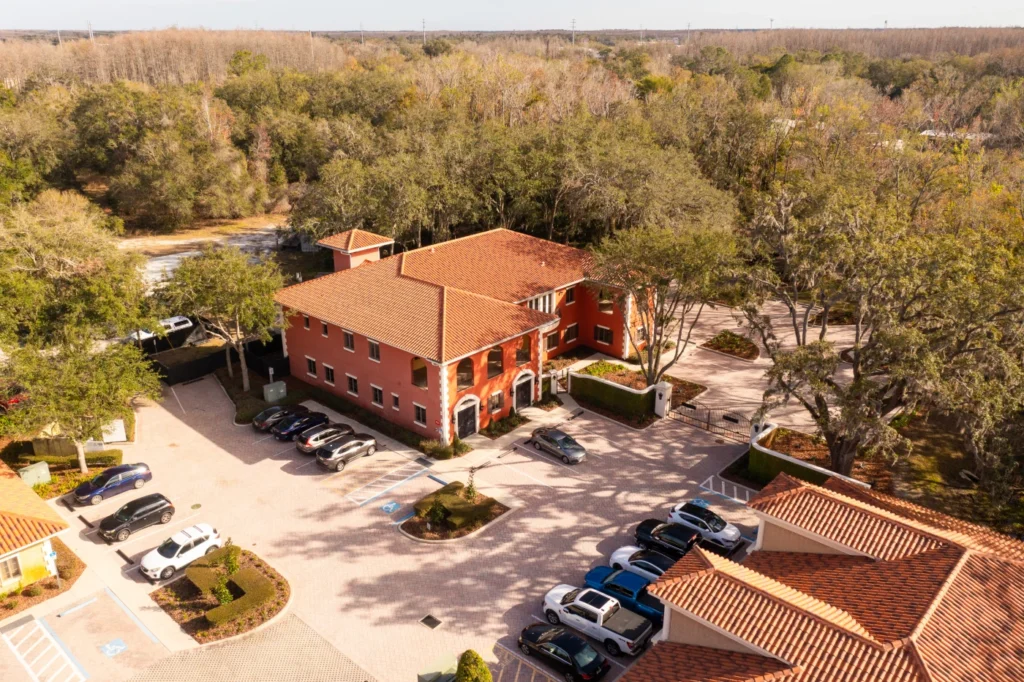- Home
- Our Team
- Services
- Site Selection for Sale-Leaseback
- Site Selection for Retail & Restaurants
- Commercial Inspections
- Sale Leaseback of Net Leased Properties
- Finding Tenants
- Selling Commercial Property
- Net Lease Property Brokerage
- Find your ideal commercial space for lease
- Third Party Appraisal Services
- Preferred Vendors
- Broker’s Opinion of Value (BOV)
- 1031 Exchange Tampa Florida
- Properties
- News
- Contact Us
















































































